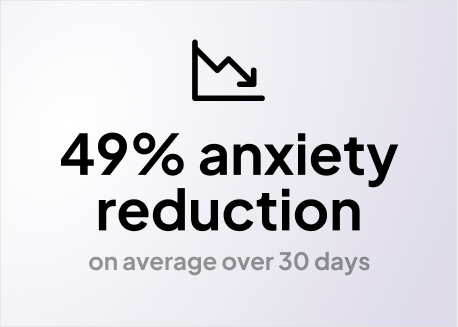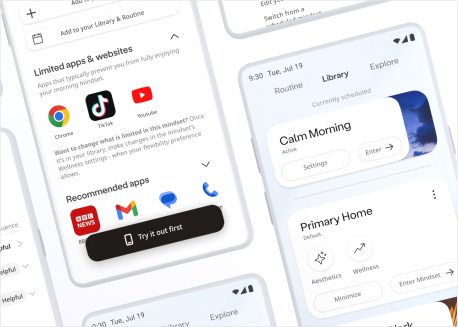Context & Problem
After deciding to wind down Anew production, I was concerned with losing valuable research insights that were achieved over multiple years.
Research was central throughout producing Anew, and was filled with learnings - both obvious and surprising. The research itself was the true achievement - the Anew app is simply a reflection of it.
Research documentation existed, but much of it was granular and would take significant effort to piece together. Especially for a new reader.
Once full scale production of Anew was wound down, I feared much of the research value would be lost. This value would be lost to existing and potential users. Organizing and preserving the work was important at this stage to preserve the progress that had been made.
A research white-paper was too narrow to cover the breadth of research and strategy.
A white paper could capture the general hypotheses, findings, and outcomes. But it couldn't adequately capture the scale of the findings produced over the years working on Anew.
The app “Anew” was half of a full product strategy. I wanted to leave users with everything they needed.
In the pilot, deeper education was leveraged to help users achieve significant mental health improvements. This was in part due to education and goal setting.
Anew's success comes from 50% the users knowledge of how their problems work, and their goals, and 50% comes from the features that allow them to take action on that knowledge.
In the commercial app, this educational process was condensed, and as a result was more accessible but not as rich. I wanted to provide users with something as effective as the pilot's education, but tailored to the current commercial product.
Strategy & Collaboration
I wrote a roughly 255 page book, in order to make Anew's findings more useful for both users and user caregivers.
The book acts both as a way to preserve research knowledge, and act as an educational product companion to the Anew app.
Users can self-educate on the topics of behavior and psychology, through examples and explanations in the book. Parents, therapists, or any caregiver who want to be better informed on smartphone influence, can use the book as a resource to understand how usage and mental health problems can arise, and therefore support users in addressing those problems.
I worked with a developmental therapist to edit and refine the book.
She was integral in the process of producing the final work. I worked with a practicing therapist and developmental counselor of over 20 years. She helped to critique and refine storytelling of concepts, vet recommended treatment approaches, and ensure even the denser theory was digestible and usable for any reader.
I underwent numerous drafts and revisions thanks to this process of candid and constructive critique.
Following the completion of the first draft, the book has been reviewed and critiqued from advisors.

REVIEWER QUOTE
Book Outline
Section I: Practical guidance for individuals, non-specific to Anew
This section focuses on defining the immediate issues users experience, and presents a self-service guide to improve mental health.
Titled “Fixing Your Phone Overuse”, this first section does not recommend a specific app or product to use, it simply defines the problem and provides a methodology for anyone to use.
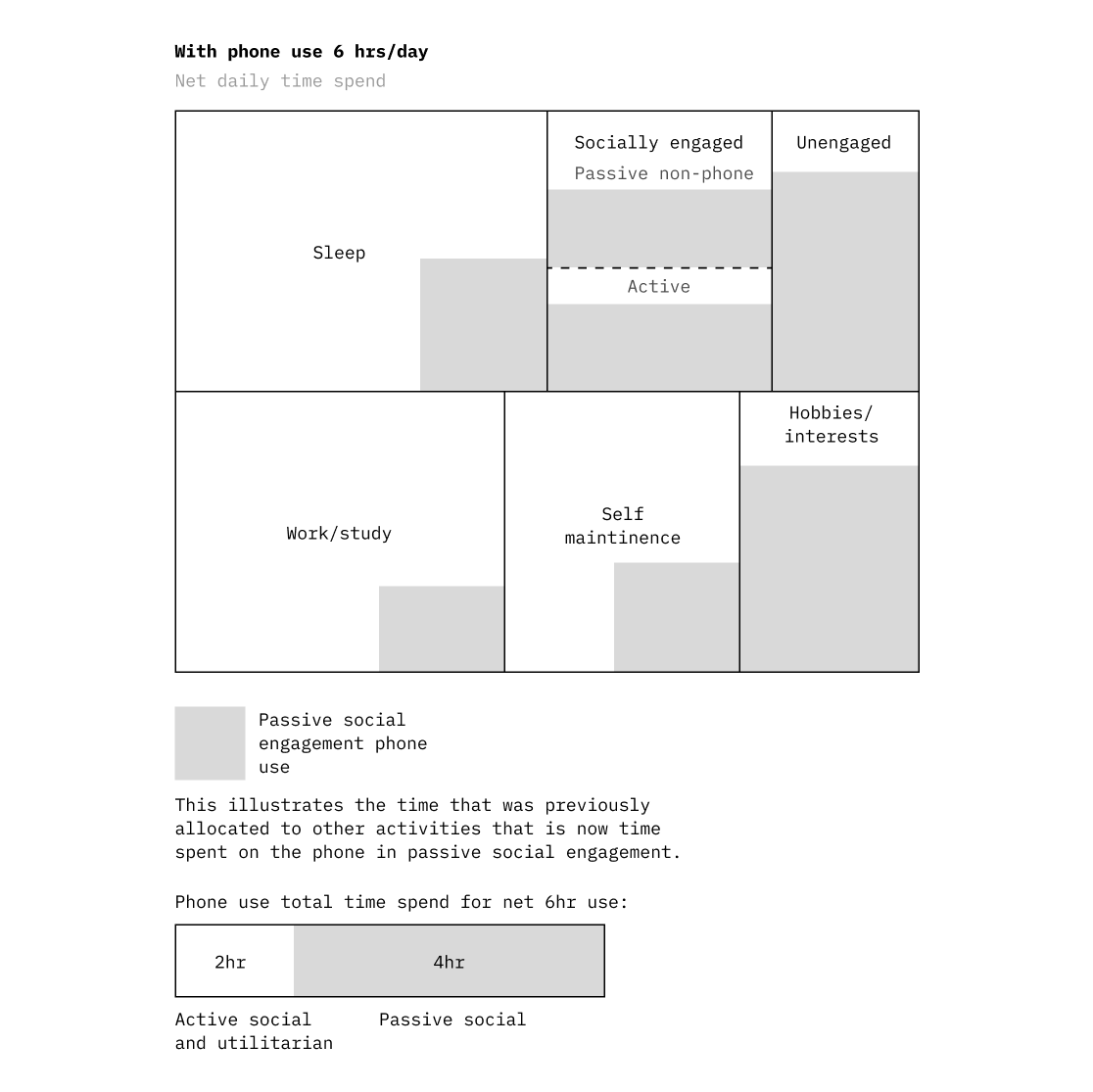
BEHAVIORAL DIET EXCERPT DIAGRAM FROM SECTION I
Section II: Frameworks for understanding problem mechanics
This section goes deeper into defining the problems and their mechanics, introducing the concept of information diet.
Titled “Handling the New World”, the section starts off by looking at analogous points in history, and their problems. We look at other historical instances of surplus have disrupted national health interests, and then we attempt to rigorously define the current problems of phone overuse. It presents a model that can allow readers to quantify and measure their consumption, and understand the influence of different types of consumption.
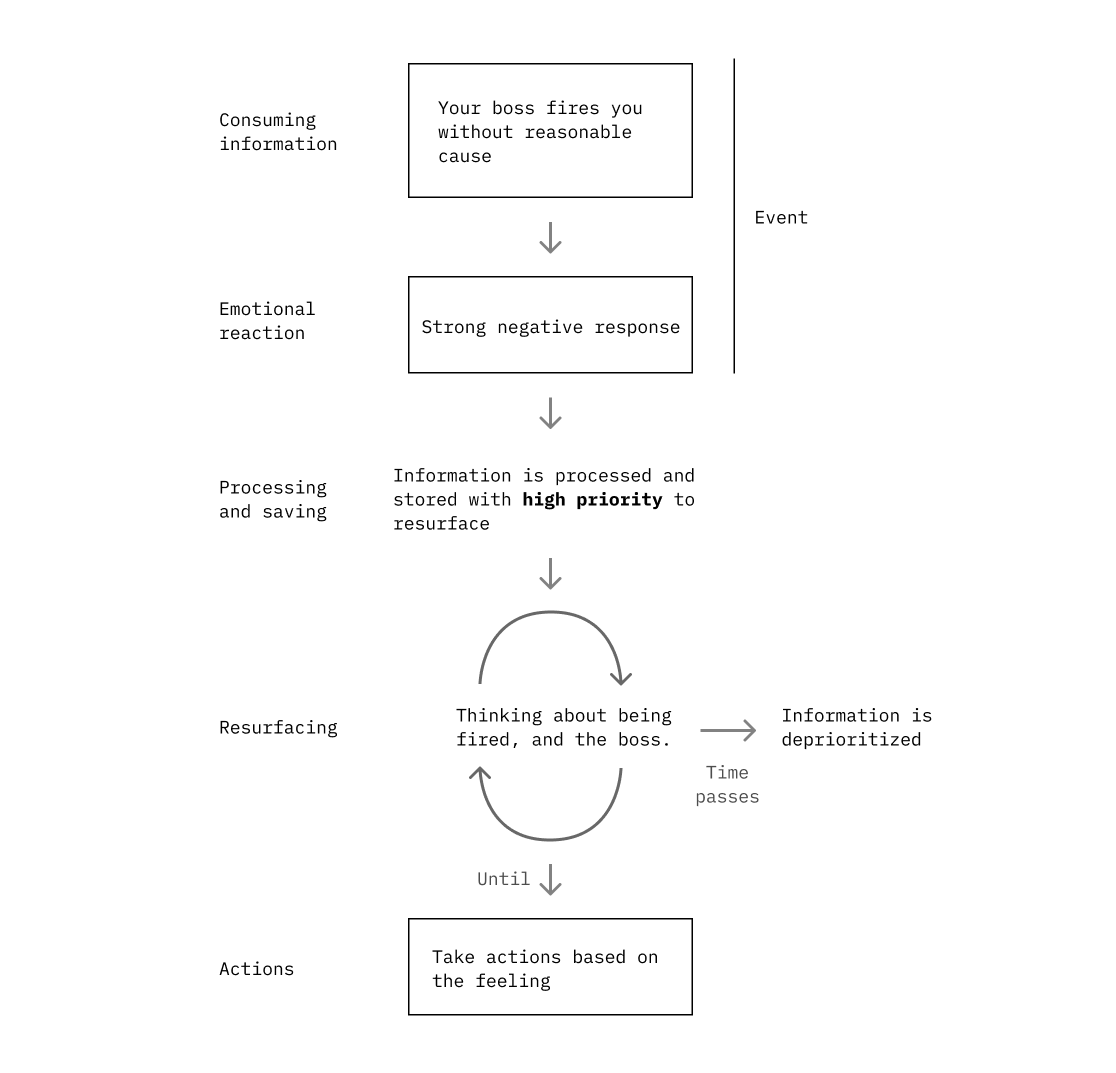
ANXIETY MECHANICS EXCERPT DIAGRAM FROM SECTION II
Section III: Design strategy in practice
This section dives into design strategy and Anew's particular approach to self-serve treatment
Titled “Designing For Outcomes”, this section looks specifically at Anew based on the problem's definition we've established in prior sections. It outlines Anew's design strategy, and explains why Anew has a high treatment efficacy.
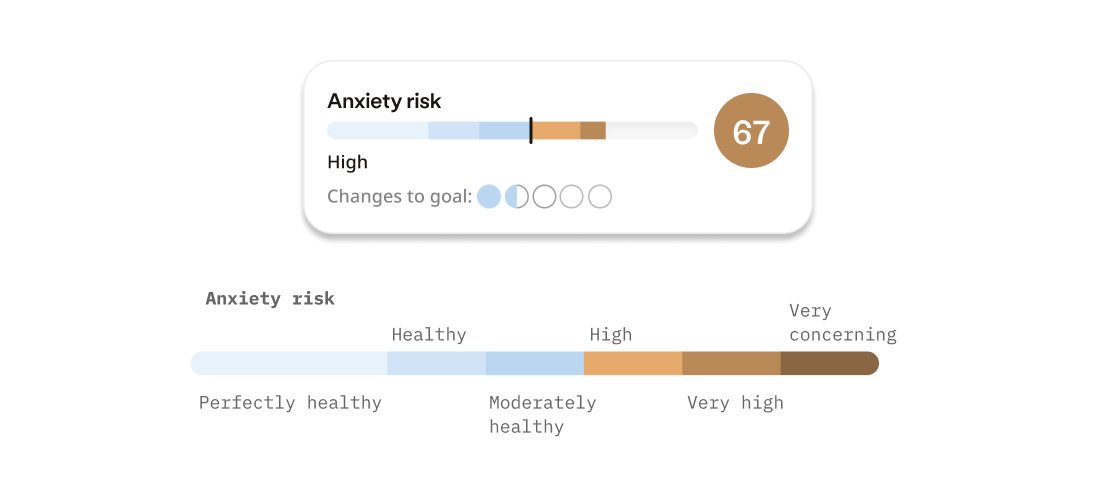
ANEW UI SAMPLE INCLUDED IN SECTION III
Section IV: Systemic and societal context
This section looks at the macro conditions of private sector and government, their historical relationship, and how that influences the current state of the problems we've defined.
Titled “The Problem's Larger Context”, we look at why the problems we're observing exist, and what we can reasonably expect looking forward. This section aims to round out the full context of the problems we've discussed, allowing us to not only understand how they work but why they continue to exist in an objective sense.
Impact & Reflection
For Anew's mission, the book acts to bolster the legitimacy of the product strategy.
The book aims to illustrate how deeply considered Anew's treatment strategy is, and why it has value for any individual. Anew isn't just some blocker app. It was researched and designed to be a definitive solution to the issue of smartphone mental health - regardless of how that problem continues to evolve. It is a research-backed, clinically informed solution.
For users, if they want to solve their smartphone issues, the book provides everything they need.
The book acts as a good last asset to cap off Anew, and leave users in a position to solve their problems with smartphone use - which was ultimately the mission.
For me, the book was a great exercise of synthesizing complex concepts into enjoyable, simple storytelling.
Throughout my career in design, being able to take dense subject matter, and translate it into digestible and usable insights has been an invaluable skill. The exercise of writing this book was another example of that, albeit the longest.


